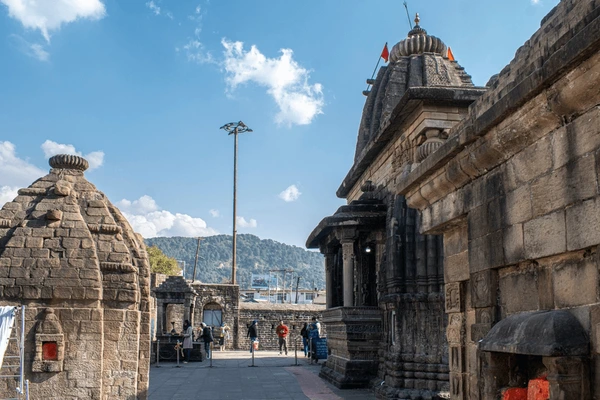Hey there, fellow wanderers and soul-seekers!
So, picture this: you’re driving through winding mountain roads, wrapped in a cozy shawl, the crisp morning air kissing your cheeks. The sun is just peeking over the snow-capped peaks, painting the sky in soft hues of pink and gold. Somewhere in the distance, temple bells chime gently in the breeze. And there, nestled in a quiet valley along the banks of the rushing Beas River, stands a centuries-old temple—small in size but mighty in spirit. This, my friends, is Baijnath Temple in Himachal Pradesh.
Now, I know what you’re thinking—“Another temple in the mountains? Isn’t there one on every hilltop in Himachal?” Well, yes, there are plenty of temples here (and I love them all!), but Baijnath is different. It’s not just about the architecture or the history—though those are incredible—it’s about the feeling. It’s peaceful. It’s ancient. It’s romantic in the most unexpected way. And honestly, if you’re looking for a destination that blends spirituality, serenity, and stunning natural beauty, Baijnath should be on your list—especially if you’re traveling with someone special.
I recently visited Baijnath, and let me tell you, it was one of those trips that stays with you long after you’ve packed your bags. No crowds, no loud tour groups, just quiet moments, hand-in-hand walks, and the kind of stillness that makes your heart feel full. So today, I’m spilling all the tea—everything you need to know about Baijnath Temple, why it’s so special, and why you and your better half should seriously consider planning a trip here.
Grab a cup of chai, get comfy, and let’s dive in.
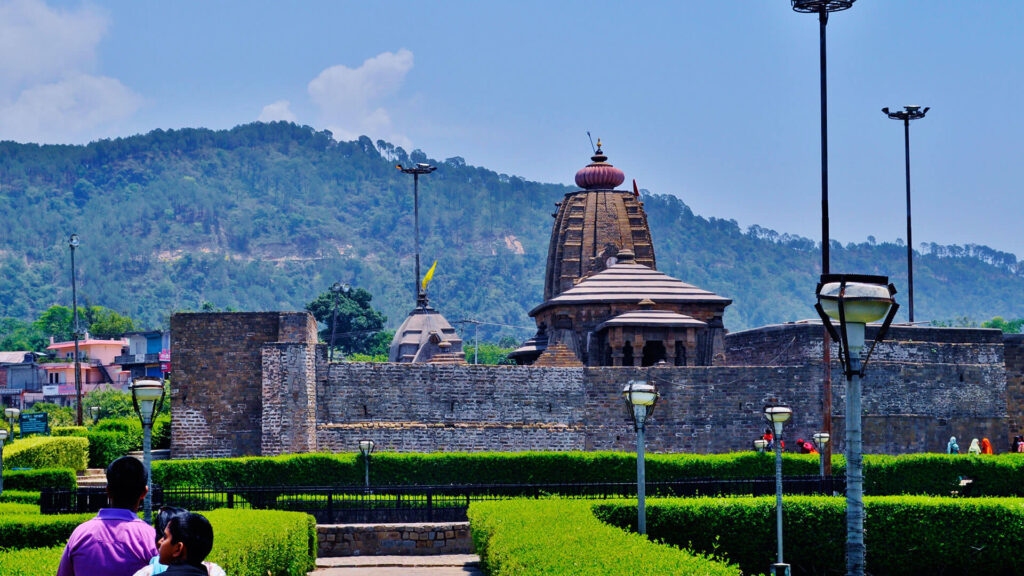
Baijnath Temple: A Quick Snapshot
Before we go deep, let’s set the scene.
Baijnath is a tiny, sleepy town tucked away in the Kangra Valley of Himachal Pradesh. It’s about 35 km from the more well-known town of Palampur and around 50 km from Dharamshala. Unlike the bustling streets of McLeod Ganj or the tourist-heavy paths of Manali, Baijnath feels like a secret the mountains have kept for centuries—only now, they’re gently sharing it with us.
The star of the show? The Baijnath Temple, a beautifully preserved 13th-century Shiva temple that sits quietly by the Beas River. Locals call it “Vaidyanath,” meaning “Lord of Physicians,” because Lord Shiva is believed to be the healer of all ailments. Whether you’re spiritual or not, there’s something deeply calming about being here—like the air itself is charged with peace.
And couples? Oh, this place is made for you. Imagine sitting by the river at sunset, sharing stories, listening to the temple bells, and feeling like the world has slowed down just for you two. No distractions. No noise. Just pure, uninterrupted togetherness.
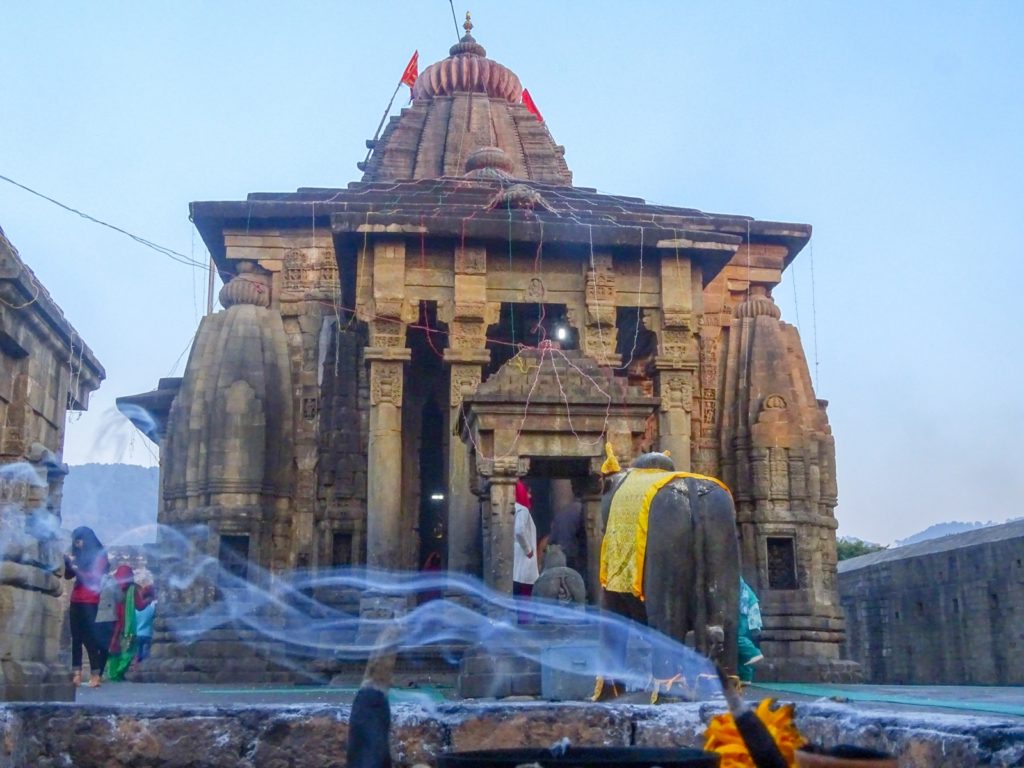
Best Time to Visit Baijnath Temple
Alright, let’s get practical for a sec. If you’re planning a trip, timing is everything. You don’t want to show up in the middle of monsoon with landslides blocking the roads (trust me, I’ve been there!).
Here’s the lowdown on when to go:
- March to June (Spring & Early Summer): This is the golden window. The weather is mild, the skies are clear, and the valleys are lush and green. Perfect for walks, photography, and temple visits. Plus, the Shivratri festival in February/March is a beautiful time to visit if you want to see the temple come alive with celebrations.
- September to November (Post-Monsoon): After the rains, the region is fresh, clean, and incredibly green. The air is crisp, and the views are stunning. This is another great time to visit, especially if you love photography or peaceful countryside vibes.
- December to February (Winter): It gets chilly—sometimes even a light dusting of snow—but if you don’t mind bundling up, winter here is magical. The temple looks ethereal in the morning mist, and the quiet is unmatched. Just pack warm clothes!
Avoid July & August (Monsoon): The roads can get slippery, and landslides are not uncommon. Plus, the constant rain might dampen your plans (literally). Unless you’re a hardcore monsoon traveler, better to skip these months.
Pro Tip: If you’re visiting during Shivratri (usually February/March), book your stay early. The temple gets more visitors, and the whole town buzzes with devotional energy.
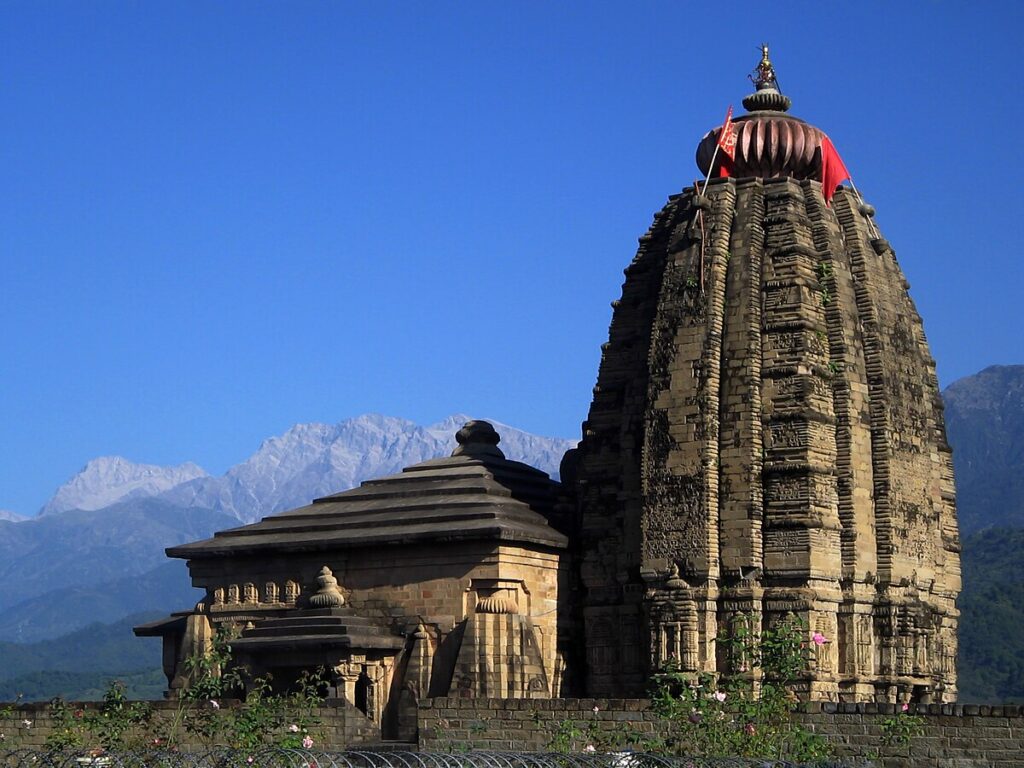
Things to Do in and Around Baijnath
Now, I’ll admit—Baijnath isn’t a place with a packed itinerary. There’s no amusement park, no shopping mall, no nightlife. And honestly? That’s why we loved it. But that doesn’t mean there’s nothing to do! Here are the sweet little adventures waiting for you:
1. Explore Baijnath Temple (The Heart of the Town)
This is the main event, and trust me, it’s worth every second.
- Walk through the ancient stone gateway and feel the centuries-old energy.
- Admire the intricate carvings on the temple walls—Shiva, Parvati, Nandi, and celestial beings are all beautifully sculpted.
- Sit quietly in the courtyard and just be. Let the chants, the bells, and the river’s rhythm wash over you.
- Light a diya (oil lamp) together—it’s a small gesture, but so meaningful.
We spent over an hour just wandering around, taking photos, and soaking in the peace. The temple isn’t huge, but every corner tells a story.
2. Walk Along the Beas River
Just a short stroll from the temple, the Beas River flows with a gentle roar. There are stone paths and little benches where you can sit and watch the water rush by.
- Bring a thermos of coffee or tea and enjoy a riverside picnic.
- Feed the fish (locals say it brings good luck).
- Hold hands and walk barefoot on the smooth stones—yes, it’s cold, but so worth it for the memory!
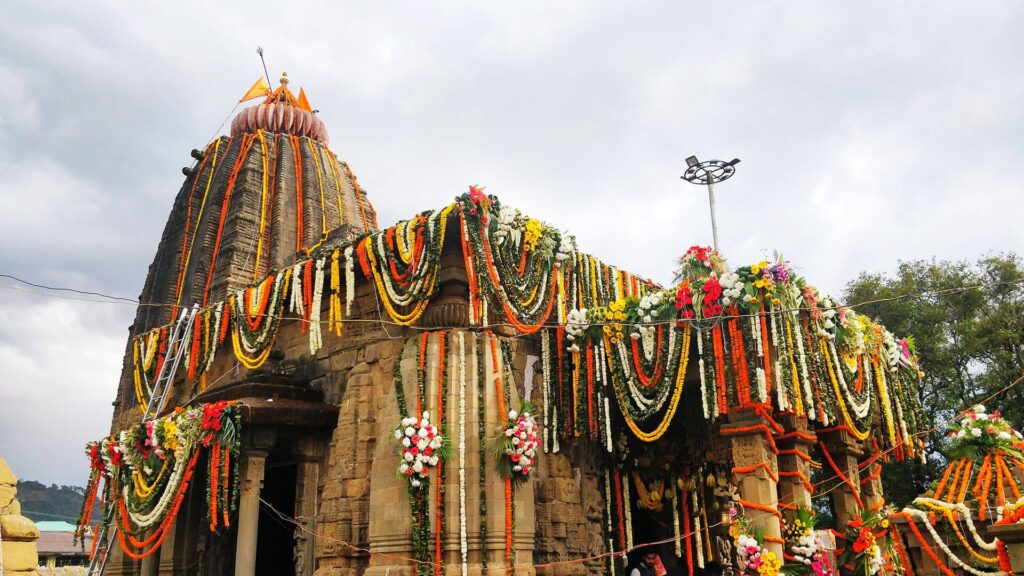
3. Visit the Hot Water Springs (Sulphur Springs)
About 1 km from the temple, there’s a natural hot water spring believed to have healing properties. Locals say the sulphur-rich water helps with skin and joint issues.
- Dip your feet in (it’s warm, not scalding).
- Sit on the edge and chat—there’s something therapeutic about warm water and mountain air.
- Take a quick dip if you’re brave (just make sure it’s safe and clean).
We didn’t go in fully, but just soaking our feet felt amazing after a long day of walking.
4. Take a Mini Trek to Deothal or Panchvaktra Temple
For couples who love a little adventure:
- Deothal: A short 2-3 km trek through pine forests leads to this peaceful meadow with panoramic views. Perfect for a quiet picnic.
- Panchvaktra Temple: A smaller, lesser-known temple dedicated to Lord Shiva, about 4 km away. It’s off the beaten path, so you’ll likely have it all to yourselves.
We did the Deothal trek one morning—started at sunrise, carried sandwiches, and just sat there watching the fog lift over the valley. Felt like we had the whole world to ourselves.
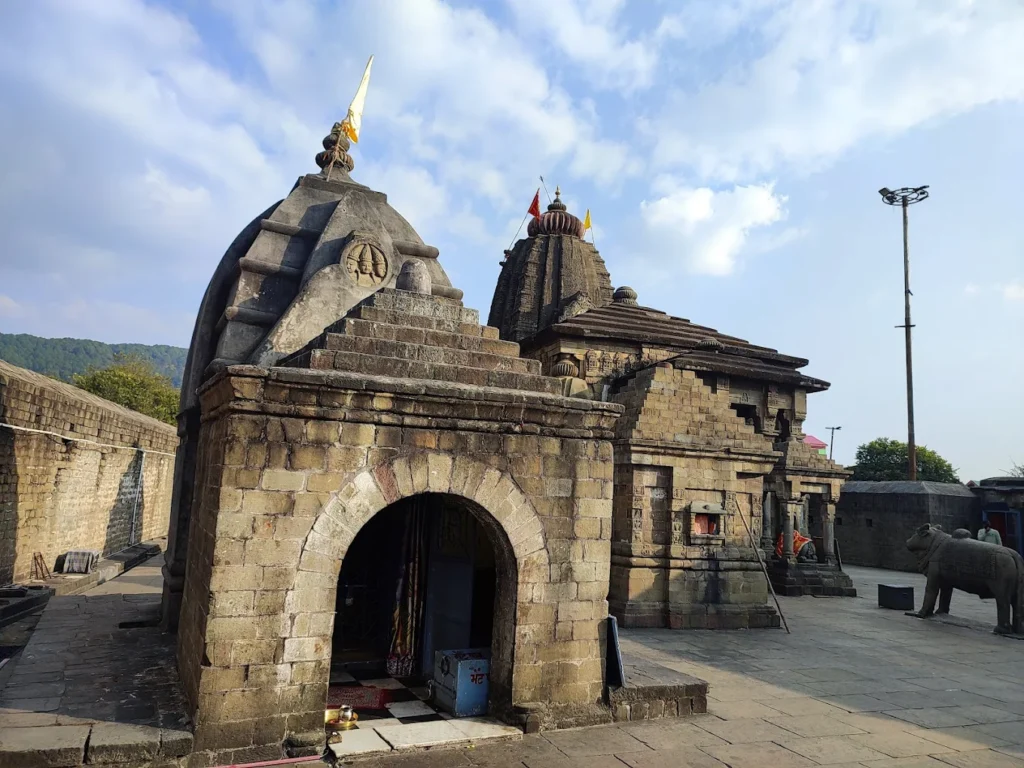
5. Explore Local Eateries & Try Himachali Food
Food lovers, rejoice! Himachali cuisine is underrated, and Baijnath has some hidden gems.
Must-try dishes:
- Siddu – Steamed wheat bread, often stuffed with poppy seeds or walnuts, served with ghee and chutney.
- Dham – A traditional feast (if you’re lucky, you might catch a local wedding or festival serving it).
- Chha Gosht – Tender mutton cooked with yogurt and spices.
- Madra – Chickpeas or kidney beans in a creamy yogurt-based gravy.
We found a tiny dhaba run by a grandmother who made the best siddu I’ve ever tasted. She served it with homemade apricot jam—divine!
6. Shop for Local Handicrafts
There are a few small stalls near the temple selling:
- Wooden carvings
- Woolen shawls and caps
- Hand-painted souvenirs
- Local honey and jams
We bought a little wooden Shiva lingam as a keepsake. It now sits on our bookshelf at home—every time I see it, I remember the sound of the temple bells.
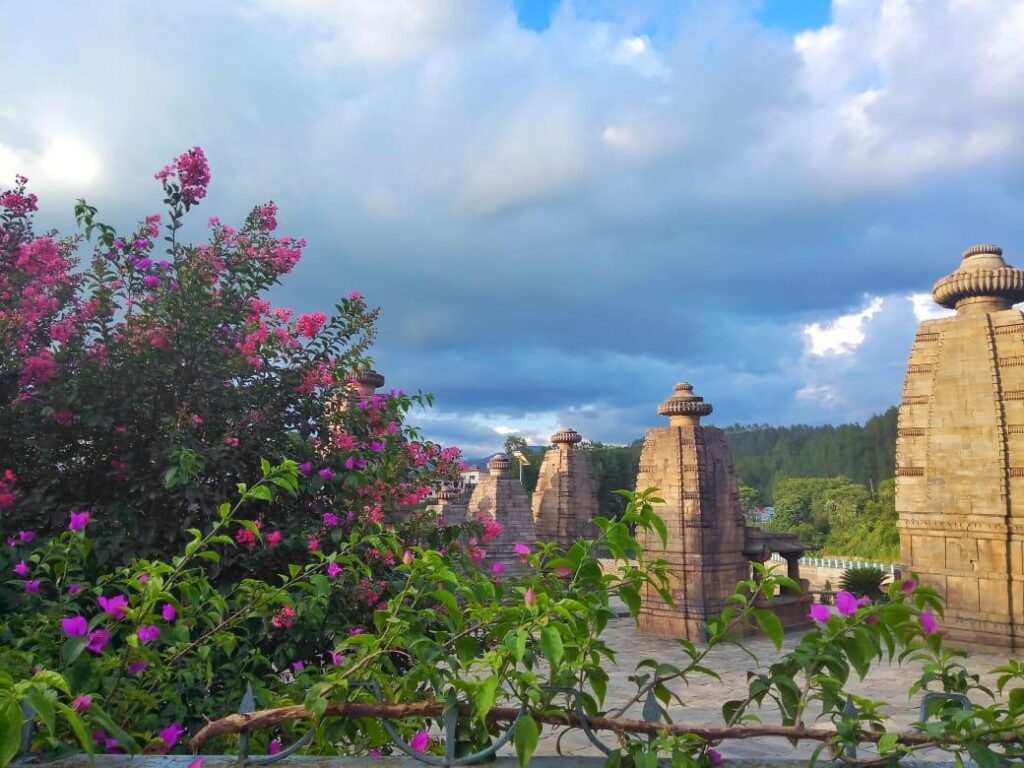
Why Baijnath Temple is So Special
Okay, let’s get a little deeper. Why does this place feel so different from other temples?
It’s not just the age or the architecture (though both are impressive). It’s the vibe.
Here’s what makes Baijnath truly special:
It’s peaceful. No loud speakers, no aggressive vendors, no pushy priests. Just quiet devotion and natural beauty.
It’s authentic. This isn’t a tourist trap. Locals still come here to pray, tie sacred threads, and offer flowers. You’re not just visiting a monument—you’re stepping into a living tradition.
It’s romantic in the most organic way. There’s no “couples’ package” or “honeymoon suite,” but the simplicity of the place brings people closer. You talk more. You listen more. You feel more.
It’s surrounded by nature. Mountains, river, forests, birdsong—it’s like the temple was placed here by the gods themselves, perfectly in harmony with the earth.
It’s underrated. Unlike places that are overrun with tourists, Baijnath still feels untouched. You can actually connect with the place, not just snap a photo and move on.
One evening, we sat near the temple as the last light faded. An old priest came out, lit the evening lamps, and began chanting softly. We didn’t understand the words, but the emotion was clear—peace, devotion, gratitude.
That’s the magic of Baijnath. It doesn’t shout. It whispers. And if you’re quiet enough, you’ll hear it.
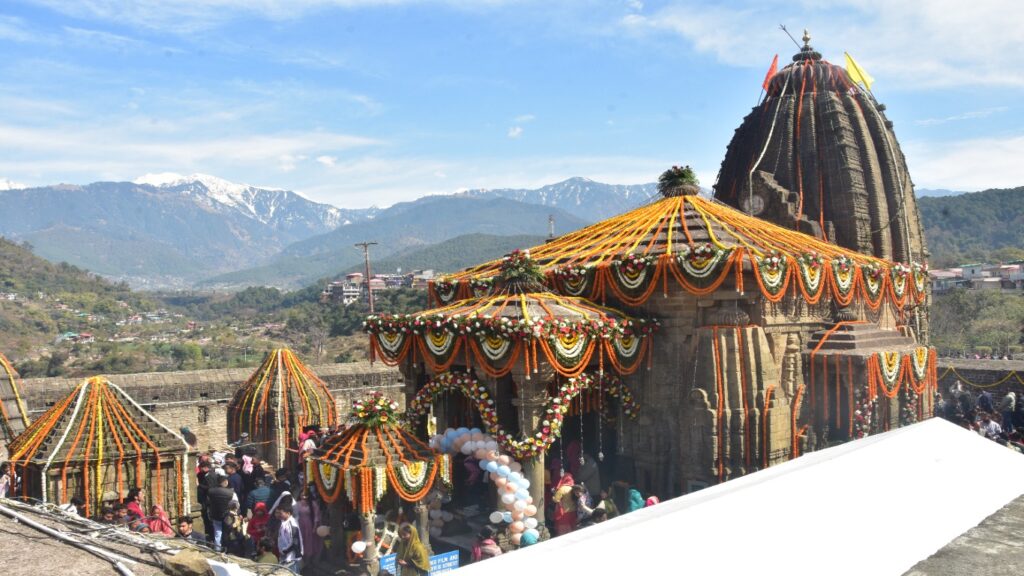
A Glimpse into the History of Baijnath Temple
Alright, history nerds, gather ’round!
Baijnath Temple wasn’t built overnight. It has a rich, fascinating past that adds so much depth to the experience.
Here’s the story (as told by locals and historians):
- Built in 1204 AD by two merchant brothers named Manyu and Ahuka. Yep—regular guys, not kings or emperors. They were devotees of Lord Shiva and built the temple as an act of faith.
- The original name was “Koteshwar Mahadev Temple”, but over time, it became known as Baijnath (Vaidyanath), meaning “Lord of Physicians.”
- The temple is built in the Nagara style of North Indian temple architecture, with a tall shikhara (spire) and intricate stone carvings.
- It survived invasions, earthquakes, and the test of time—partly because of its solid stone construction and partly because the local community fiercely protected it.
- The temple complex includes several smaller shrines dedicated to Parvati, Vishnu, and other deities.
What I love most about this history? It wasn’t built by a king showing off his power. It was built by two ordinary men out of love and devotion. That makes it feel more human, more relatable.
And when you walk through those ancient gates, you’re not just seeing history—you’re feeling it.
Culture & Local Life in Baijnath
One of the best parts of traveling is getting a peek into how people live. Baijnath isn’t just a temple town—it’s a living, breathing community with its own rhythm.
Here’s what life looks like here:
- Morning rituals: Locals start their day with a walk to the temple, offering milk, flowers, and prayers. You’ll see women in colorful shawls, men ringing bells, and kids feeding the temple dogs.
- Festivals: Shivratri is the biggest event. The temple is decorated with lights, flowers, and flags. Devotees fast, chant, and sing bhajans all night. If you can visit during this time, do it—it’s unforgettable.
- Simple living: People here live close to the land. You’ll see farmers tending fields, shepherds with their flocks, and families sitting outside their homes in the evening, chatting and laughing.
- Warm hospitality: We were invited for tea by a local family just because we were admiring their garden. That kind of kindness is everywhere.
One afternoon, we met an elderly man named Ramu Kaka who’s lived in Baijnath his whole life. He showed us old photos of the temple from the 1950s and told stories about how the river used to be cleaner, the air crisper. He said, “This place doesn’t give you excitement. It gives you peace. And peace is the rarest thing of all.”
Honestly, that stuck with me.
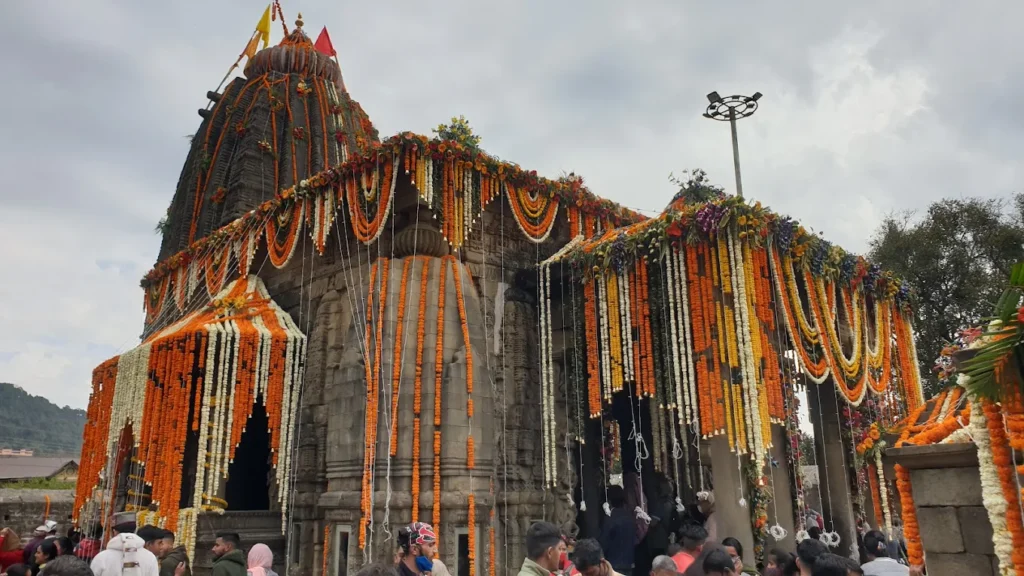
How to Reach Baijnath
Planning your trip? Here’s how to get there:
Nearest Airport: Kangra Airport (Dharamshala) – about 60 km away. Taxis are available outside.
Nearest Railway Station: Pathankot Junction – about 85 km away. From there, you can hire a taxi or take a bus to Baijnath.
By Road: Baijnath is well-connected by road. If you’re coming from Delhi, it’s about 500 km (10-12 hours drive). From Chandigarh, it’s around 250 km.
Self-Drive Tip: The roads are scenic but winding. Drive carefully, especially in monsoon or winter. Stop at Palampur or Bir for a break—both are lovely.
Public Transport: Regular buses run from Dharamshala, Kangra, and Palampur to Baijnath. Local taxis are also available.
We drove from Dharamshala and stopped at a little café in Palampur for lunch. Best decision ever—homemade thukpa and views of tea gardens!
Where to Stay in Baijnath
Accommodation here is simple but charming. No luxury resorts, but plenty of cozy, heartfelt options.
Here are some great places to stay:
Himalayan Views Guesthouse – Run by a lovely couple, this place has clean rooms, mountain views, and the best breakfast (homemade parathas + honey from their bees!).
Shivdham Residency – Budget-friendly, clean, and just a 5-minute walk from the temple.
Camp Ecolodge – For something different, try their eco-tents near the river. Romantic, private, and surrounded by nature.
Tip: Book in advance during peak season (March-June, Oct-Nov). Most places are small and fill up quickly.
We stayed at Himalayan Views and ended up extending our stay by two days. The hosts made us feel like family, and the view from our window? Pure magic.
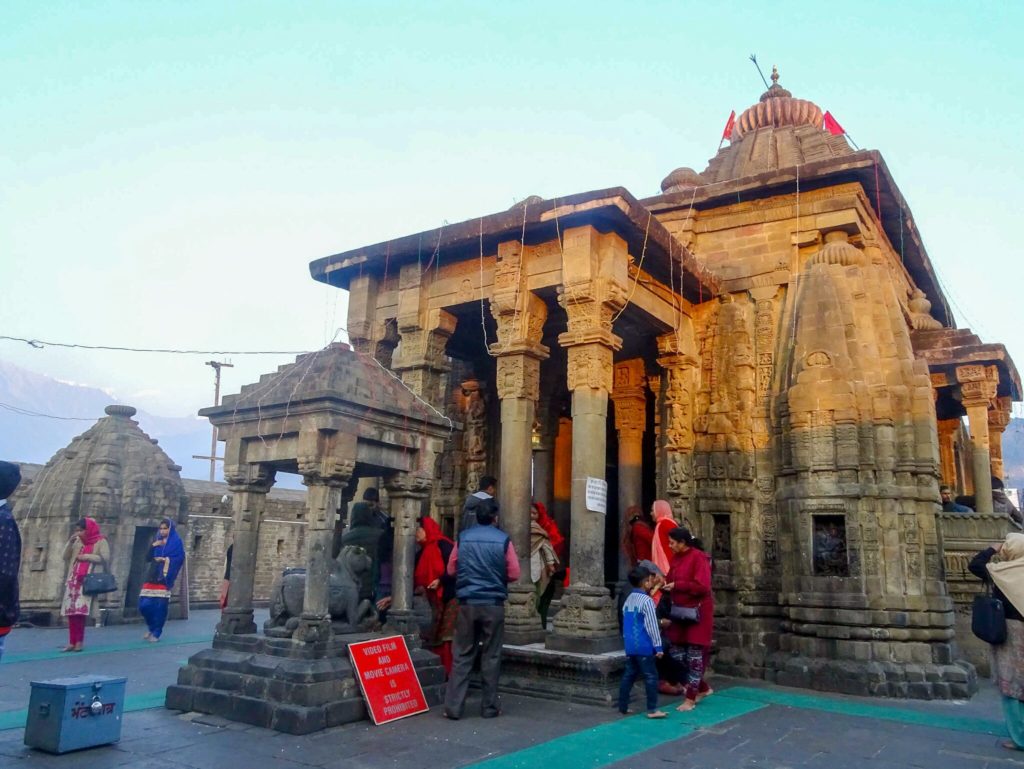
Travel Tips for Couples Visiting Baijnath
Alright, lovebirds, here’s your cheat sheet for a perfect trip:
Pack light but warm. Mornings and evenings can be chilly, even in summer. Bring a jacket, scarf, and comfortable walking shoes.
Respect the temple rules. Remove shoes before entering, dress modestly, and keep your voice low. It’s a place of worship, not a photo op.
Go slow. Don’t rush. Spend a whole day just soaking in the vibe. Let the mountain time set your pace.
Carry cash. ATMs are limited. Most small shops and eateries only accept cash.
Be eco-friendly. Carry a water bottle, avoid plastic, and don’t litter. Help keep this beautiful place clean.
Unplug a little. Yes, take photos, but also put the phone down. Hold hands. Talk. Breathe. Be present.
Try something local. Eat at a dhaba, chat with a local, attend an evening aarti. These small moments become the best memories.
We forgot our power bank and ended up talking for hours instead of scrolling. Best “accident” ever.
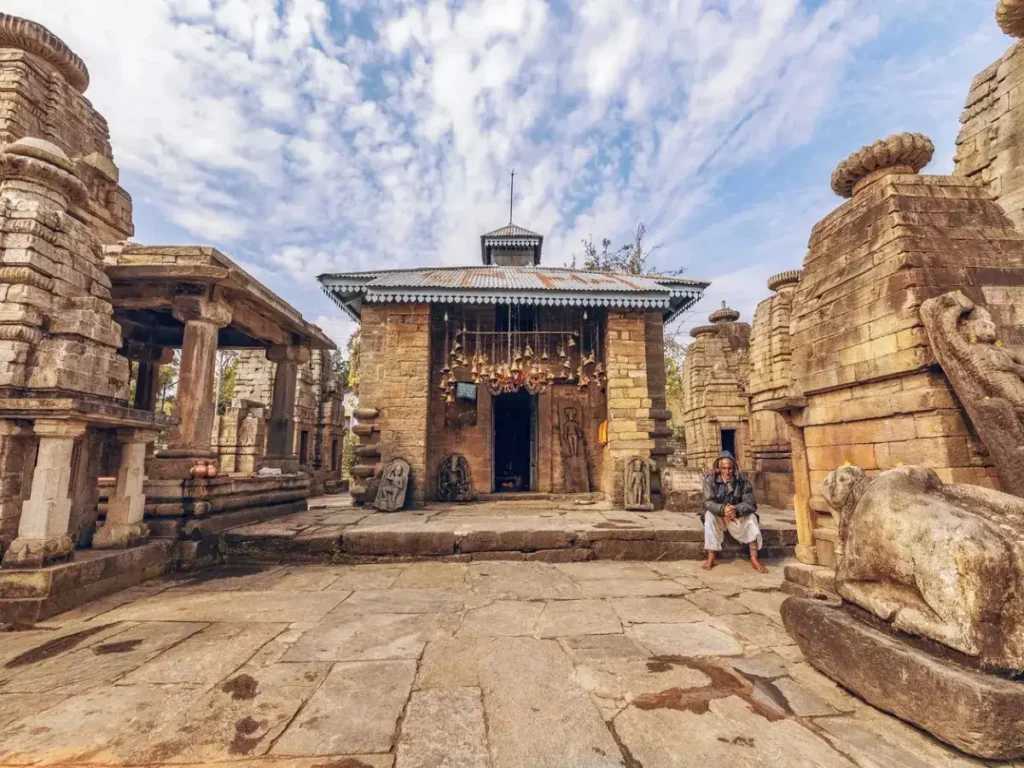
Final Thoughts: Why You Need to Visit Baijnath
Look, I’m not going to pretend that Baijnath is the most glamorous destination. It won’t make your Instagram explode with likes. There are no infinity pools or fancy spas.
But here’s what it will give you:
- Quiet moments where you actually talk—about real things, not just “What’s for dinner?”
- Shared silence that feels comfortable, not awkward.
- Nature’s beauty that reminds you how small we are—and how beautiful life can be.
- A sense of peace that stays with you long after you leave.
Baijnath isn’t just a place. It’s a mood. A feeling. A slow, deep breath after a long time of holding it.
And for couples? It’s a gentle reminder of why you fell in love in the first place—not because of grand gestures, but because of the little things: a shared smile, a warm hand, a quiet moment under the stars.
So if you’ve been meaning to plan a trip—just the two of you—somewhere calm, meaningful, and beautiful… let Baijnath be it.
Because love doesn’t always need fireworks. Sometimes, it just needs a temple by a river, a cup of chai, and the sound of bells in the wind.
And trust me—you’ll come back changed. Not because you saw something incredible, but because you felt something real.
Ready to plan your escape?
Drop a comment below if you’ve been to Baijnath or if it’s now on your bucket list. I’d love to hear your thoughts—or help you plan your trip!
You won’t regret it.
Until next time,

